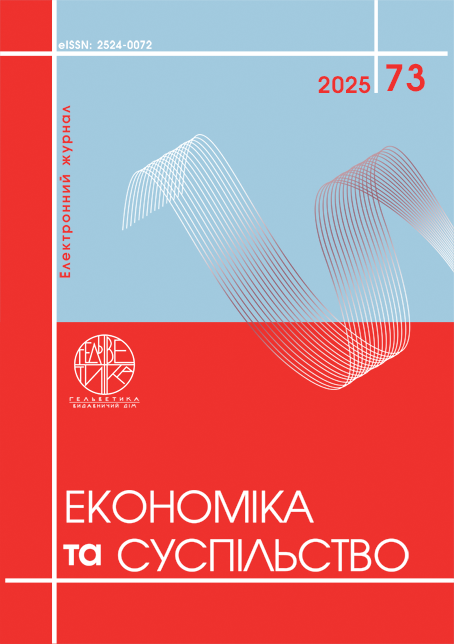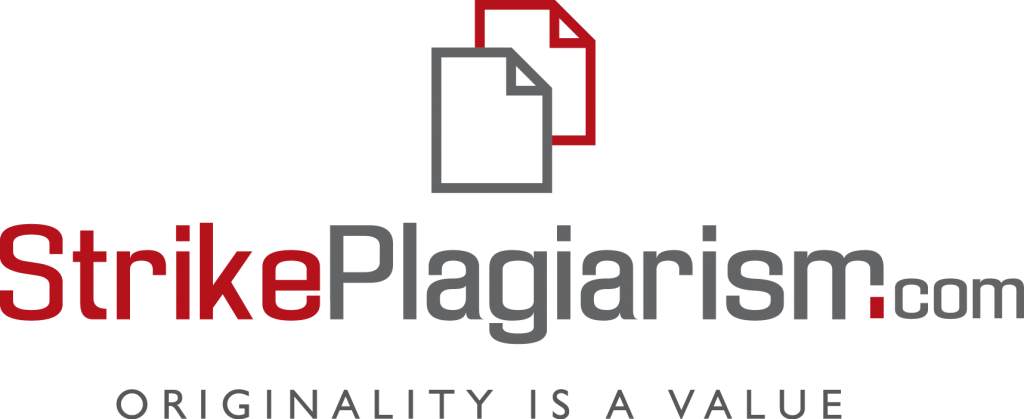МЕХАНІЗМИ РОЗВИТКУ КАДРОВОГО ПОТЕНЦІАЛУ ДЛЯ ПІДТРИМКИ ІННОВАЦІЙНОГО ПІДПРИЄМНИЦТВА У ТЕРИТОРІАЛЬНИХ ГРОМАДАХ ТА РЕГІОНАХ
Анотація
Стаття присвячена зростаючою потребою у формуванні ефективної системи кадрового забезпечення інноваційного підприємництва на рівні територіальних громад в умовах децентралізації, цифровізації економіки та зміни парадигми розвитку регіонів. Підвищення конкурентоспроможності громад неможливе без наявності висококваліфікованих кадрів, здатних впроваджувати інновації, адаптуватися до викликів ринку та формувати нові бізнес-моделі на локальному рівні. Постановка проблеми полягає у відсутності цілісної системи механізмів формування та розвитку кадрового потенціалу, орієнтованого саме на підтримку інноваційного підприємництва в умовах функціонування нових адміністративно-територіальних одиниць. Існує потреба у трансформації підходів до кадрового розвитку з урахуванням викликів часу, потреб громад та тенденцій ринку праці.
Посилання
Cappelli, P. (2008). Talent Management for the Twenty-First Century. Harvard Business Review, 86(3), 74–81.
Kalleberg, A. L., & Vallas, S. P. (2017). Precarious Work: The Lost Decade of the Labor Market. Annual Review of Sociology, 43, 233–257. https://doi.org/10.1146/annurev-soc-060116-053258
Bourdieu, P. (1996). The State Nobility: Elite Schools in the Field of Power. Stanford University Press.
Dolfsma, W., & Leydesdorff, L. (2009). Innovation, Networks, and Knowledge Spillovers. The Journal of Technology Transfer, 34(5), 441-459. https://doi.org/10.1007/s10961-009-9143-4
Jackson, S. E., Schuler, R. S., & Jiang, K. (2014). An Aspirational Framework for Strategic Human Resource Management. Academy of Management Annals, 8(1), 1-56. https://doi.org/10.1080/19416520.2014.875046
Armstrong, M. (2014). Armstrong’s Handbook of Human Resource Management Practice (13th ed.). Kogan Page.
Wright, P. M., & Boswell, W. R. (2002). Desegregating HRM: A Review and Synthesis of Micro and Macro Human Resource Management Research. Journal of Management, 28(3), 247–276. https://doi.org/10.1177/014920630202800304
Brewer, M. B. (2001). The Social Self in the Age of the Group. In D. J. Prentice & S. J. Levine (Eds.), Social Identity, Intergroup Conflict, and Conflict Reduction (pp. 118–138). Psychology Press.
Hill, C. W., & Jones, G. R. (2009). Strategic Management Theory: An Integrated Approach. Houghton Mifflin.
Hollenbeck, J. R., & Wright, P. M. (2017). The Human Resource – Strategic Management Interface: Where We Are and Where We Are Going. Industrial Relations Research Association.
Cappelli, P. (2008). Talent Management for the Twenty-First Century. Harvard Business Review, 86(3), 74–81. [in English]
Kalleberg, A. L., & Vallas, S. P. (2017). Precarious Work: The Lost Decade of the Labor Market. Annual Review of Sociology, 43, 233–257. https://doi.org/10.1146/annurev-soc-060116-053258 [in English]
Bourdieu, P. (1996). The State Nobility: Elite Schools in the Field of Power. Stanford University Press. [in English]
Dolfsma, W., & Leydesdorff, L. (2009). Innovation, Networks, and Knowledge Spillovers. The Journal of Technology Transfer, 34(5), 441-459. https://doi.org/10.1007/s10961-009-9143-4 [in English]
Jackson, S. E., Schuler, R. S., & Jiang, K. (2014). An Aspirational Framework for Strategic Human Resource Management. Academy of Management Annals, 8(1), 1-56. https://doi.org/10.1080/19416520.2014.875046 [in English]
Armstrong, M. (2014). Armstrong’s Handbook of Human Resource Management Practice (13th ed.). Kogan Page. [in English]
Wright, P. M., & Boswell, W. R. (2002). Desegregating HRM: A Review and Synthesis of Micro and Macro Human Resource Management Research. Journal of Management, 28(3), 247–276. https://doi.org/10.1177/014920630202800304[in English]
Brewer, M. B. (2001). The Social Self in the Age of the Group. In D. J. Prentice & S. J. Levine (Eds.), Social Identity, Intergroup Conflict, and Conflict Reduction (pp. 118–138). Psychology Press. [in English]
Hill, C. W., & Jones, G. R. (2009). Strategic Management Theory: An Integrated Approach. Houghton Mifflin. [in English]
Hollenbeck, J. R., & Wright, P. M. (2017). The Human Resource – Strategic Management Interface: Where We Are and Where We Are Going. Industrial Relations Research Association. [in English]

Ця робота ліцензується відповідно до Creative Commons Attribution 4.0 International License.


